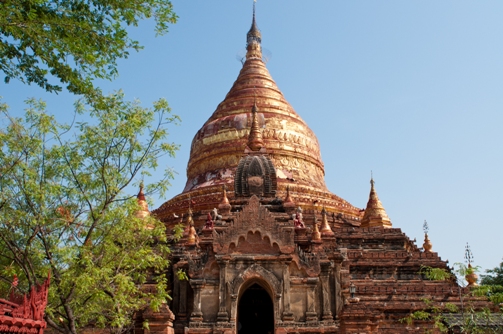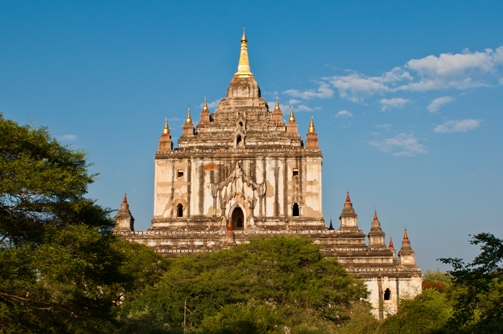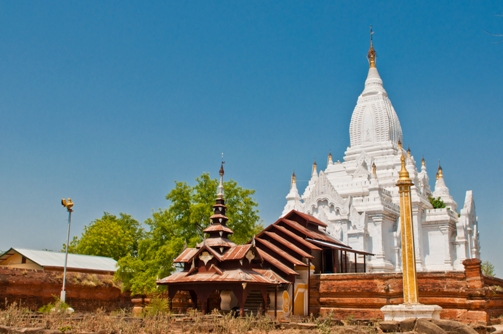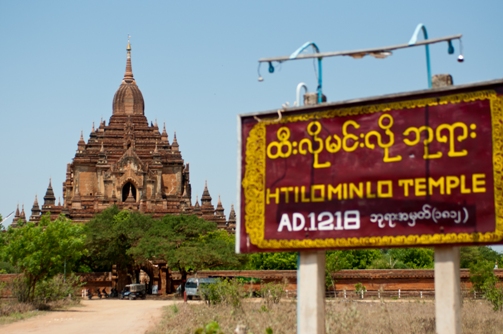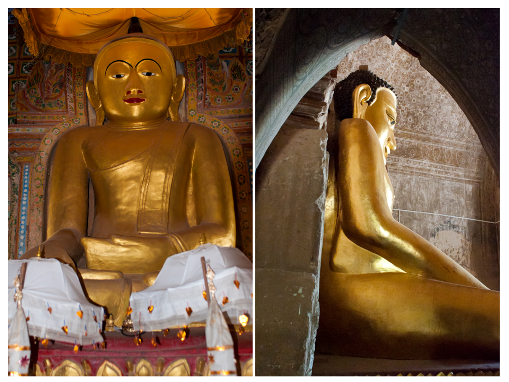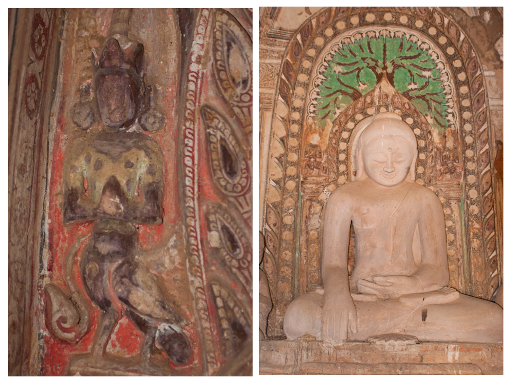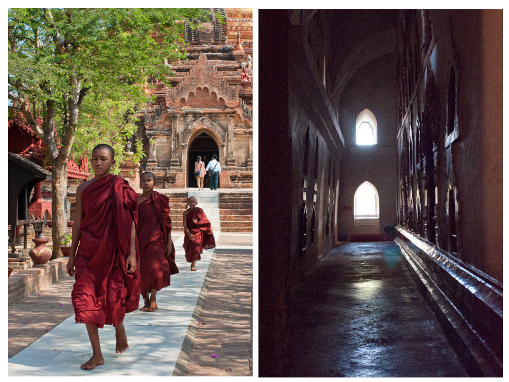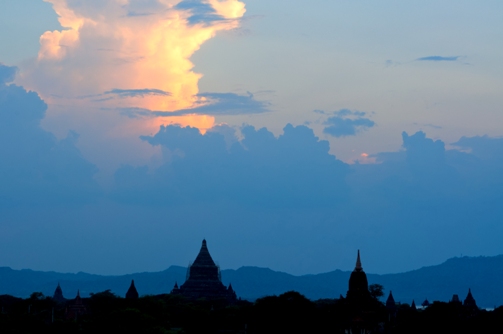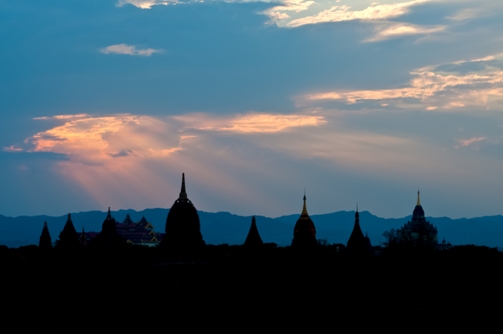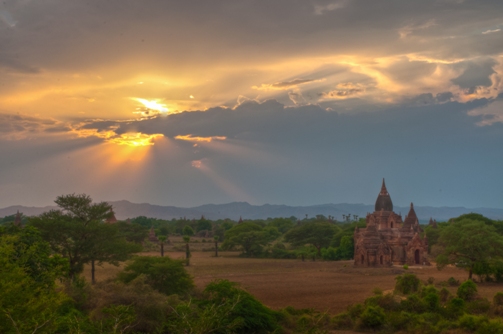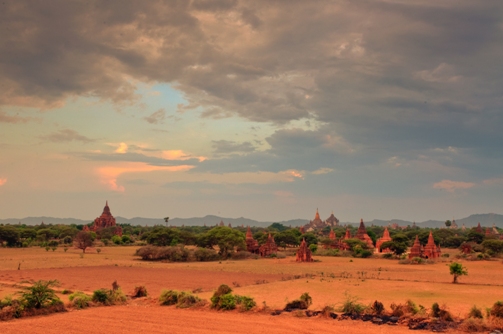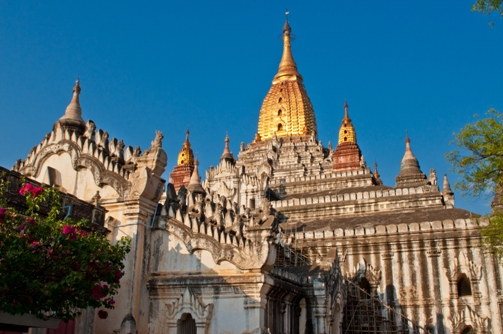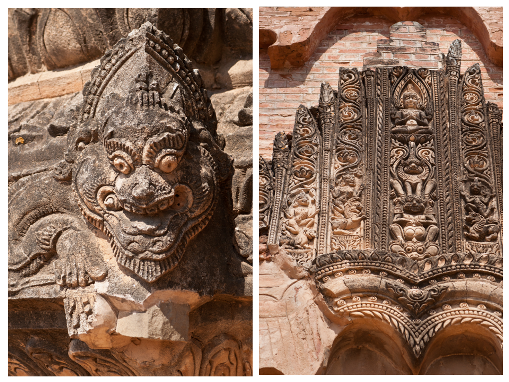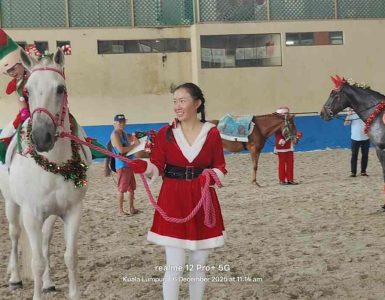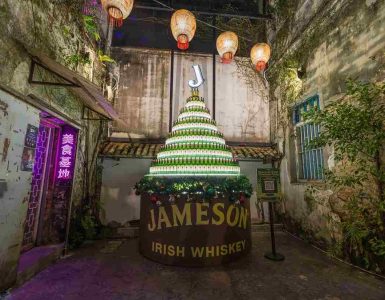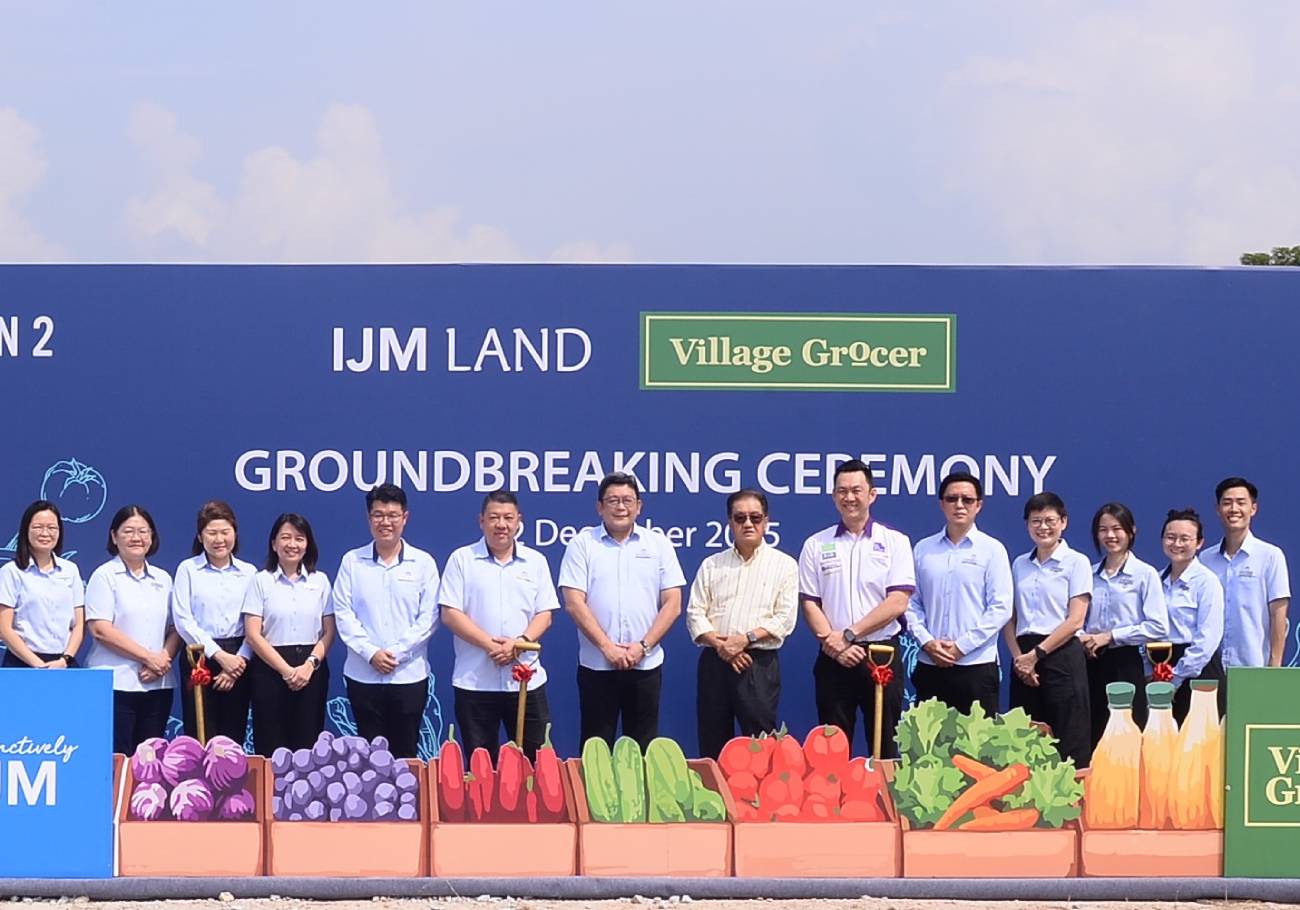2500 years of history and 10,000 religious monuments are all cramped into the Plains of Bagan, covering an area of 40 square kilometres (less than a quarter of the size of Kuala Lumpur) on the eastern bank of the Ayeyarwaddy River in Burma. Burma was renamed to Myanmar in 1989.
It was between the 9th and 13th century coinciding with rise of the Khmer Empire in Cambodia that Burma celebrated its greatest glory and growth. The Bagan Empire collapsed by the end of the 13th century when the Mongol army under Kublai Khan, the grandson of Genghis Khan crossed the Ayeyarwaddy River and onto the Plains of Bagan.
Gaining independence from Britain in 1948, after 128 years of British rule, followed by another 50 years under a military regime have left Myanmar to be one of the world’s most impoverished country.
Rudyard Kipling in Letters from the East (1898) wrote: “This is Burma and it will be quite unlike any land you know about.” His thoughts still ring true today, as one gazes into the sunset at the Plains of Bagan by the river bank of Ayeyarwaddy.
The plains of Bagan is every photographer’s dream as are its diverse architectures, cultures and practices. Here, it is like time stood still and every corner presents an unique angle into this country’s past glory.
In 1996, Myanmar applied to UNESCO to list Bagan together with the existing 2500 Buddhist monuments as a world heritage site. Many of these temples and monuments are still highly venerated by the Burmese people and also attracts numerous pilgrims and devotees particularly during festival times.
The large corpus of contemporary stone inscriptions have been the most reliable source for the rise of Buddhism and the history of the country. The mural paintings, sculptures and architectural details inside more than 300 temples constitutes a unique collection of art, culture and architecture of that time in southeast Asia. Yet until today, Bagan has yet to be granted world heritage status.
The following images show some of the more popular monuments in Bagan.
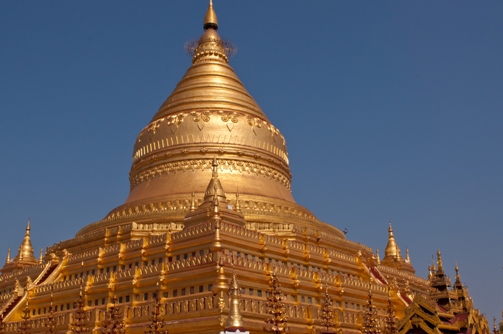
Ananda temple is considered to be one of the best surviving masterpiece of the Mon architecture. It is the finest, largest, best preserved and most revered of the Bagan temples. In 1990, on the 900th anniversary of the temple’s construction, the temple’s stupas were gilded.
